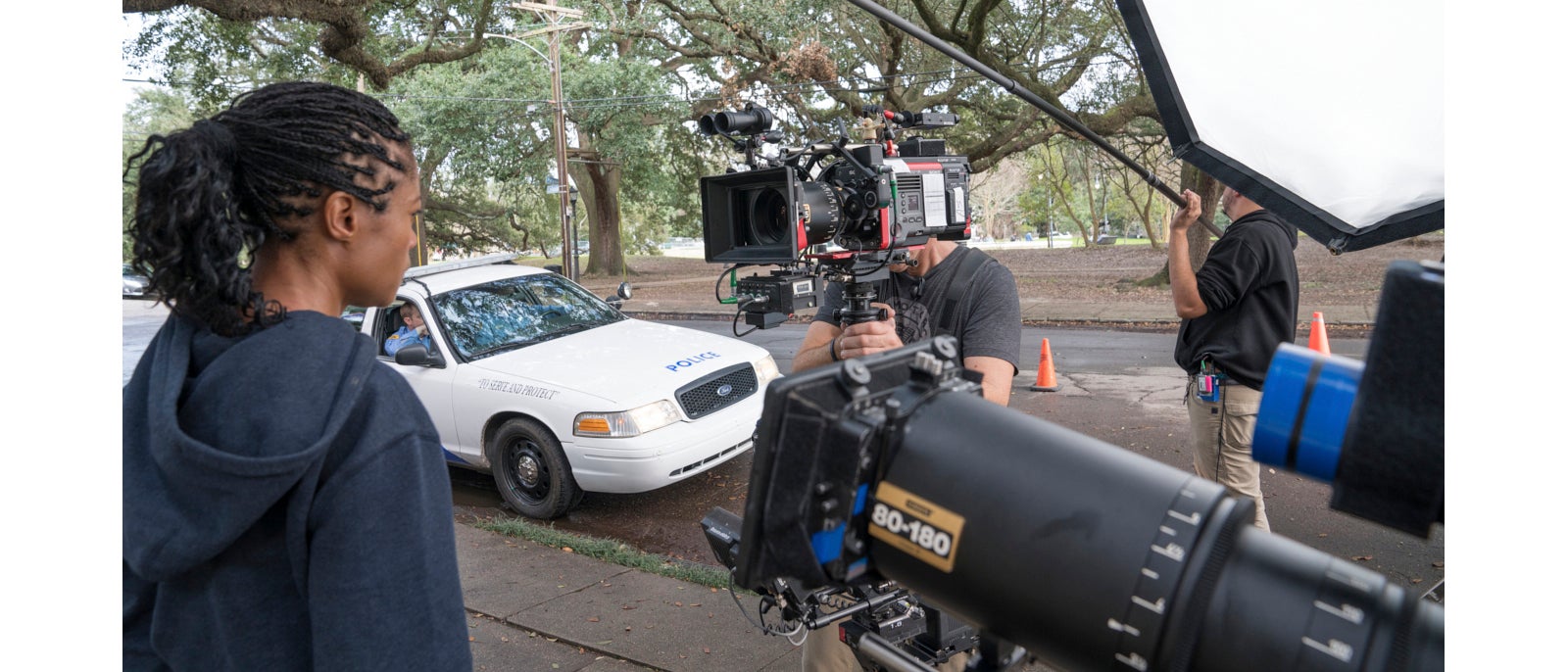
12-11-2020 - Case Study
The Cinematographer, the Director, Operating, and Trust
By:
In my previous article, Camera Placement and Shot Size, we discussed how the actor’s eyes are used to convey information of their character’s thoughts. What other clue can the actor give us to show their inner turmoil? Body language!
Any living creature senses that the position and configuration of another creature’s body conveys many of their inner thoughts through their body language.
As cinematographers we are entrusted with a sacred task, to capture the actor’s performance in the best way possible. Again we are looking for that sweet spot of camera placement, where the “Movie Magic” resides, but we have an even greater goal of being in the right spot at the right time for the actors themselves, when they give us their gifts.
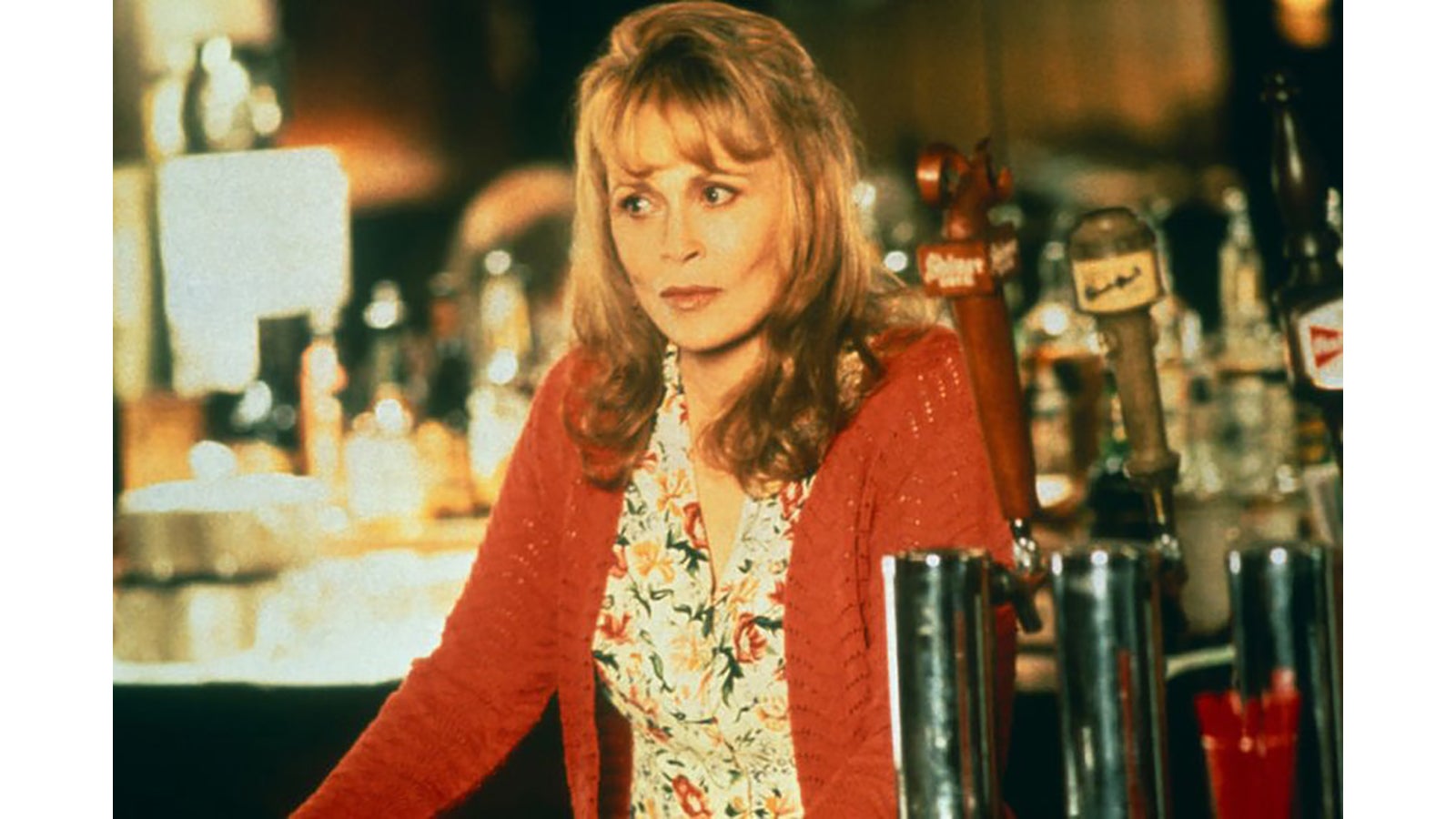
Frame of Faye Dunaway in "Albino Alligator"
Actors are very special creatures indeed, whose best performances may only happen once with some and several times with others. The real pros can go again and again very consistently, but even seasoned professionals have singular moments where their performances really shine.
The best actors do not wear their characters like suits of clothes. They act from the inside out. Robert De Niro is such an actor. Anne Bancroft was another. When I photographed them I had to be on my toes.
Ann Bancroft was amazing in Neil Simon’s “Broadway Bound.” She was not a large woman, but when she unleashed her performance you just prayed you were in the right spot to catch it, because it was coming whether you were ready or not. She would always be there with unequaled energy.
Faye Dunaway in “Albino Alligator” could turn her incredible performance on and off like a switch. It was the most amazing thing I’d ever seen. She was sitting on the floor up against the wall in a basement bar set, deep in her character: which was in a very upset shaky daze. I very quietly walked up to her with my Steadicam in Lo Mode to check frame size. She popped out of character. Said, “Hi, I’m Faye,” and then popped right back into shaky, distraught and terrified in an instant.
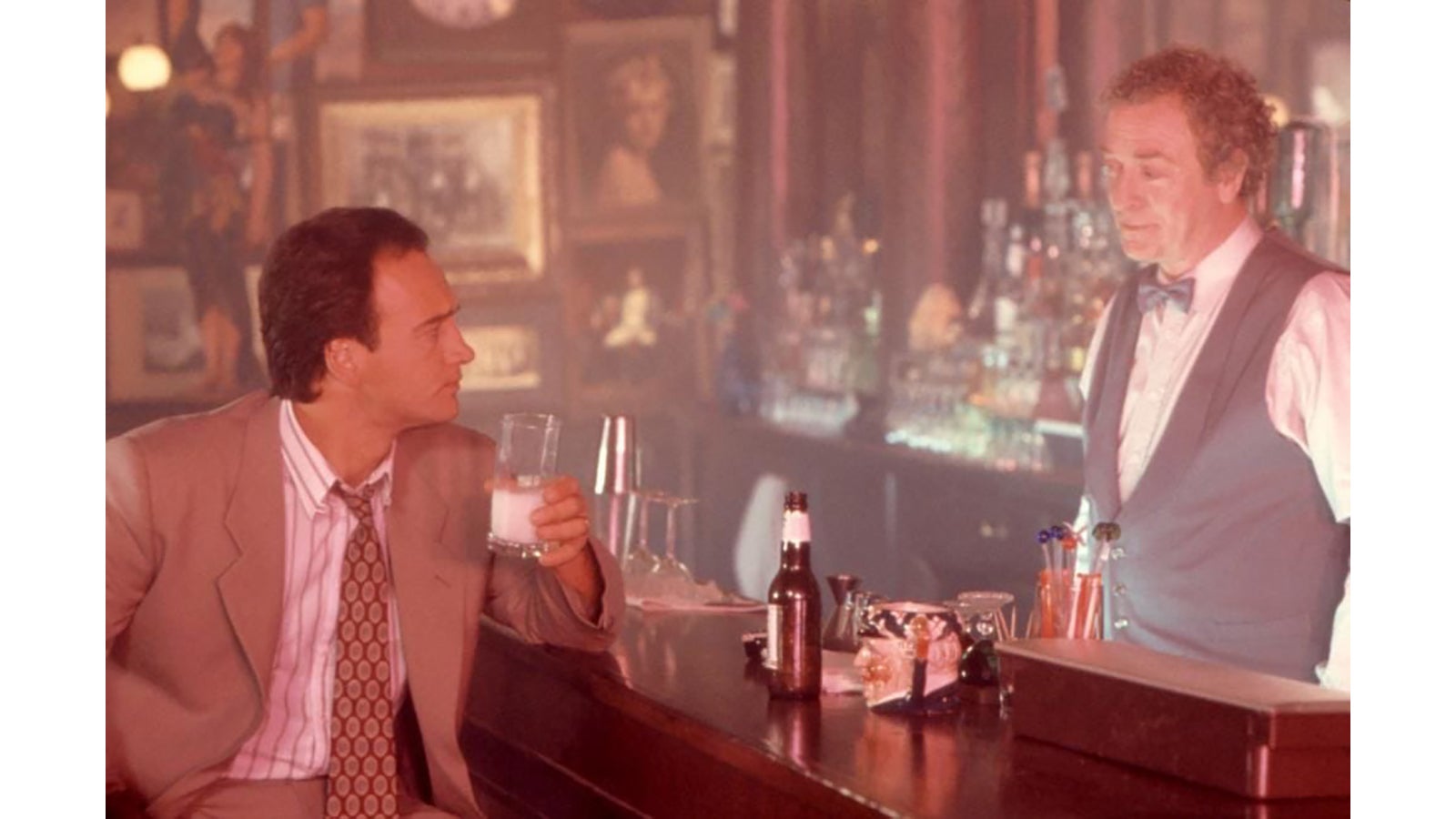
Michael Caine and Jim Belushi in "Mr. Destiny"
Michael Caine in “Mr. Destiny” was so precise I could set the wheels on my gear head to him. He would repeat his performance over and over and over, in exactly the same way every time. Michael was even the same distance away for the focus puller. He would ask you, “Where do you want me?” And once you told him, he would be there. This was great as it made our jobs much easier. The downside was, if there was something wrong you had no excuse as Michael was there, always.
Robert De Niro in “Jackie Brown” never left character and he was always spot on. Robert brought an intensity to his character that was felt on a subconscious emotional level and the camera loved that. He played Louis perfectly to the point that when he pulled out a gun and shot Bridget Fonda’s character walking through the parking lot of the mall, the guys in the lab freaked out as they checked the dailies. We had the lab guy on the phone as he watched and we actually heard him shriek.
Sam Jackson can enter and leave characters like a chameleon. The whole time we were shooting him in L.A. on “Jackie Brown," Sam was also shooting “Sphere” in San Francisco. He jumped between two cities and two characters with ease, even though we shot completely out of sequence, yet, when you watch "Jackie Brown," his performance is flawless.
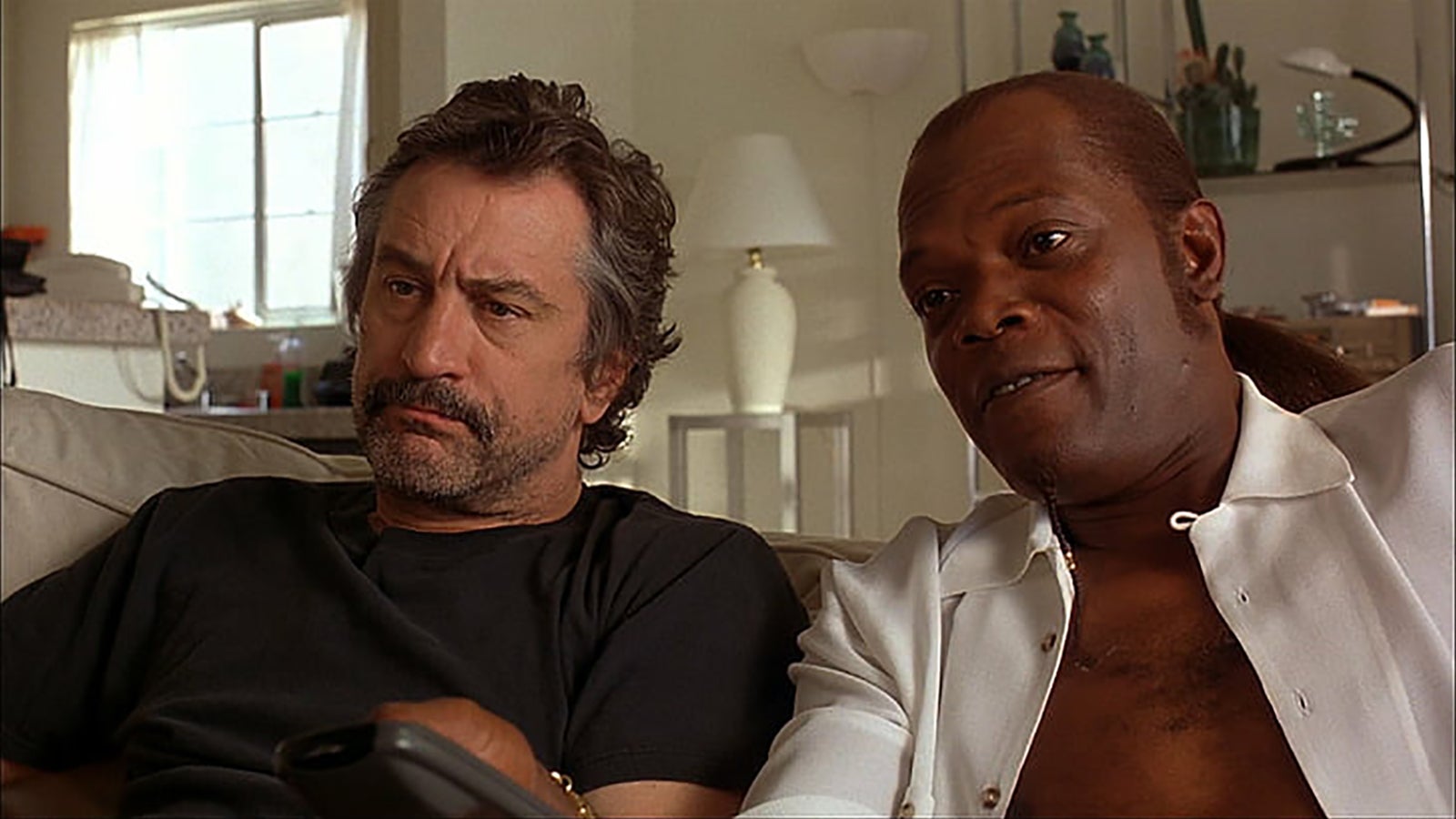
Robert De Niro and Samuel L. Jackson in "Jackie Brown"
Why am I bringing all this up? It is because each actor is an individual with different characteristics that require special treatment when planning our approach to photographing them. These characteristics and the characteristics of their characters determine your photographic plan.
Some actors might require that their eye lines be kept completely clear of anyone not on the essential crew, and some are not bothered at all by what might distract others. Again our job as cinematographers is to provide a safe place for the artists to perform so anything that helps, and does not hinder, we must be happy to provide.
On “Mr. Destiny” with Alex Thomson, BSC, Michael Caine was always where he was expected to be, whereas Jim Belushi, being very method, was not. This made for an interesting photographic experience where Michael became the anchor point of the shot and Jim the free radical. Both gave amazing performances, but the trick for us was to capture them in a visually pleasing way while still allowing them the freedom to bring their characters to fruition. This brings up a very important point; do not inhibit the actor.

Joseph Kosinski and Claudio Miranda, ASC lining up a shot for "The Dig"
Let’s expand on that a bit. This returns us to the realm of giving the director and actor safe spaces to create their art. What choices can we as cinematographers make to give them maximum freedom while still fulfilling the needs and requirements of our job? What are the thought processes involved?
Taking into consideration that the actor’s space is sacred and that the director/actor relationship is paramount, what interaction as cinematographers should we exercise when entering this sacred bubble? Remember we are there to support the director in their vision so we must tread lightly. At the same time we need certain things from the actor to capture their performance in the best possible way.
The other side of this equation is, what sort of relationship are you allowed to have with the actor from the director’s perspective? Does everything you do have to go through the director or are you allowed to interact with the actor directly? Normally this would not be an issue, but in some instances it can be undesirable.
While in Oregon on “The Road” with Javier Aguirresarobe, ASC, I was filming Viggo Mortensen on a beach in a tent just before he dies. Viggo starts talking to me as he’s acting intensely. Director John Hillcoat hears and instructs me not to respond as the performance is going very well, so I remain silent. On the same film on other occasions I was allowed to interact freely, such as when filming Charlize Theron, but in that particular moment with Viggo, it was in the best interest of the movie to remain silent.
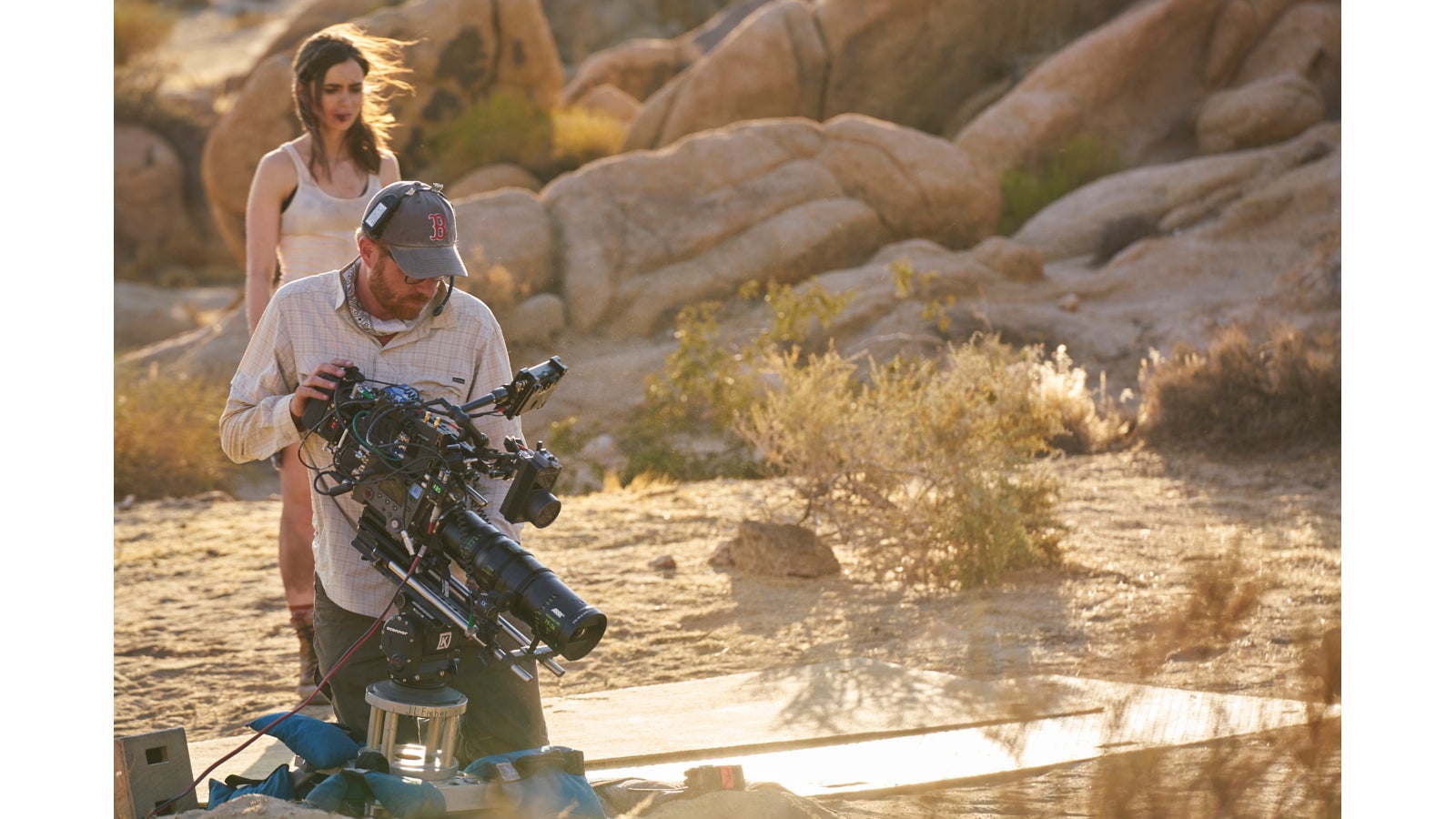
Erik Messerschmidt, ASC on location for "The Dig"
On other films whether you interact or not, and to what level, is up to the director. If you are the DP you have a bit more leeway, but if you are the operator you may be able to interact directly with the actor and/or director or be required to send all communication through the Director of Photography.
This can work well or not depending on how comments are received and how accurately thoughts are conveyed. It can slow down the process sometimes, but, as the DP is there to support the director, you, as camera operator are there to support the Director of Photography. Never forget this hierarchy and most certainly, never undermine it. There may be reasons, political or otherwise, that your communications may be modified. This must be understood. You must all be making the same movie, the director’s movie, as a coherent team. This is the way success is achieved. This is why you are there. That said, if your director asks you, as operator, to do something unexpected, always run it past your Director of Photography so he/she is aware of the change.
Now how do you avoid inhibiting the actor? You as a cinematographer must have the utmost respect for the actor. While your job as a Director of Photography is creative, it is also highly technical. The actor on the other hand has technical things to consider, but their performance comes almost entirely from the deep creative recesses of their brain. They need to think and you need to give them the space to do so.
Before you ask anything of an actor, think long and hard. Think, because it adds yet another element for the actor to consider during the their performance. Not that it can’t be done, but every time you change something it inevitably changes something else, and not always in your favor, so choose wisely. Besides, you are in the director’s arena now and the director must be consulted before such changes are made.
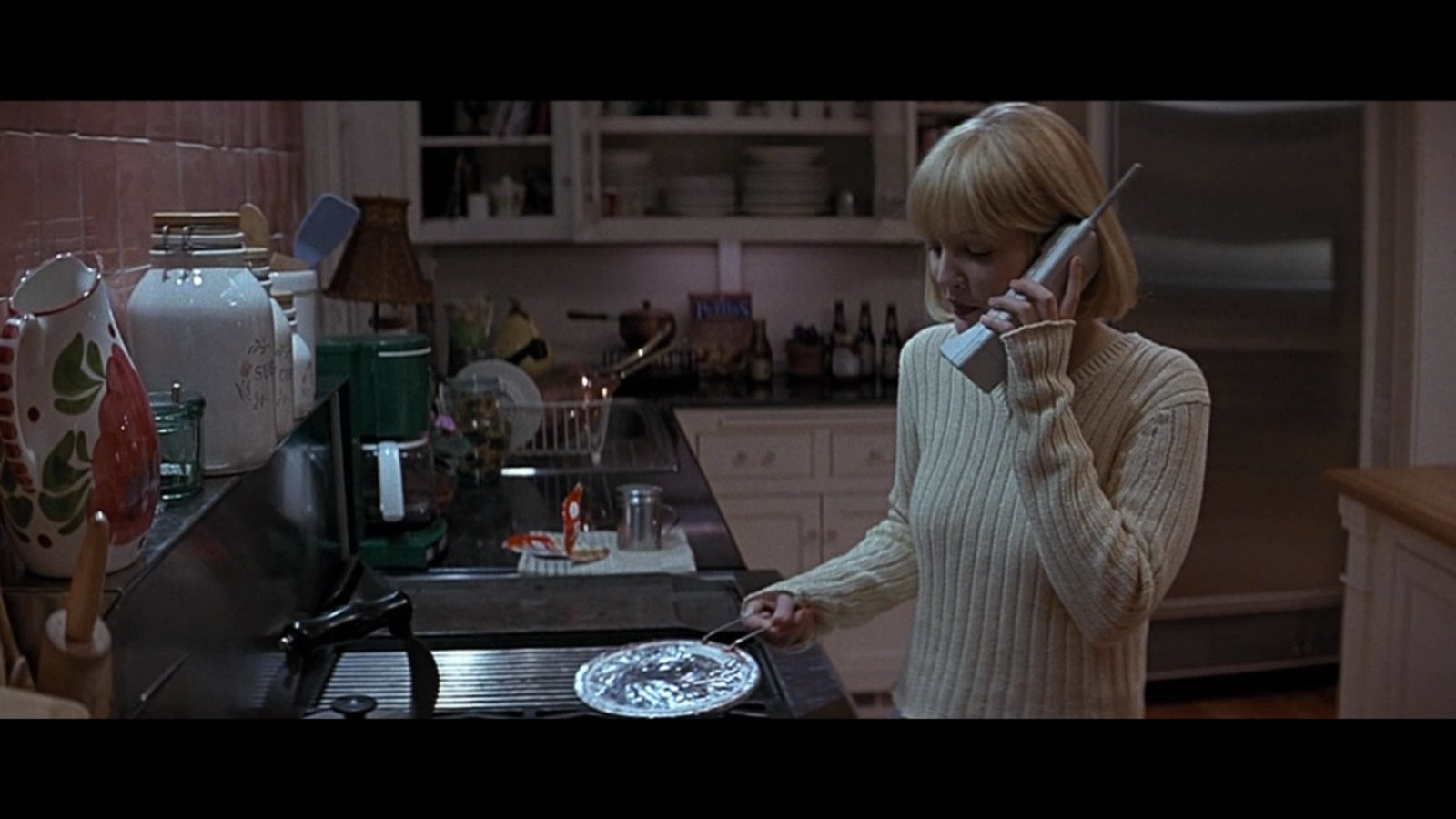
Drew Barrymore popping popcorn in "Scream"
That said, depending on your relationship with the director and actors, what might you ask of the actor? You might suggest placement of weight on a certain foot when landing on a mark for aesthetic reasons or the finding of their light for best dramatic effect or for a “Hollywood Standup” when rising from a chair so they don’t leap out of the frame, or to clear their face from behind another or object in a crowded set. These are technical asks. Performance is not your area, but capturing that performance is.
Of course, there are times when you just have to wing it. On “Wild At Heart,” as I operated a Panaglide for Frederick Elmes, ASC on the huge dance scene at the late Palomino cowboy bar in North Hollywood, California, where Nicholas Cage and Laura Dern dance wildly to a speed metal band and Nick says, “This is a snakeskin jacket. A symbol of my individuality and personal freedom!” My instructions from director David Lynch were, “Go out there and get it!” So I did. Then I came back after the take, he asked me what I got, I told him, and David said, “Go get what you didn’t get before!” I was given this freedom as we had done “Blue Velvet” together and he knew my capabilities.
It was similar for the opening sequence of “Scream,” which Mark Irwin, ASC shot with Clairmont anamorphics; and me on my Steadicam. Wes Craven and I had worked together previously on “The People Under the Stairs.” I was again given the freedom to place and move the camera as the scene required, so when Drew Barrymore talked on the phone as her popcorn popped, I could move with her freely; and as she ran through the house I could do that too. When the film came back Wes said it was the best first day’s dallies he’d had on any movie, high praise indeed!
What this boils down to though is mutual trust. Trust between the director and the actors and you. They trust that you will place the camera in the right position to capture what needs to be captured, and that you will know how to get to and from that place in a manner that fits the project at hand. You are a collaborator. You are part of the team. You are in the inner circle of creativity.




